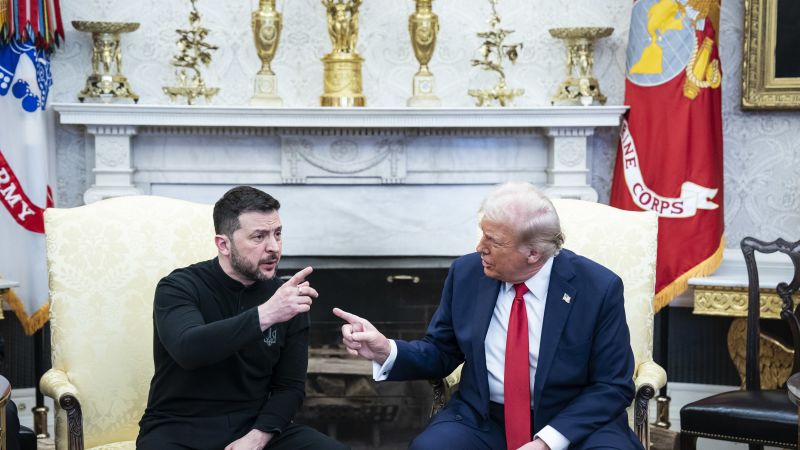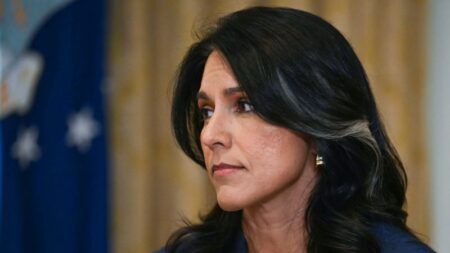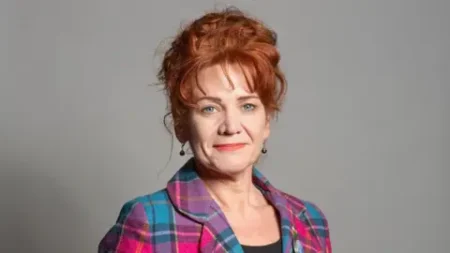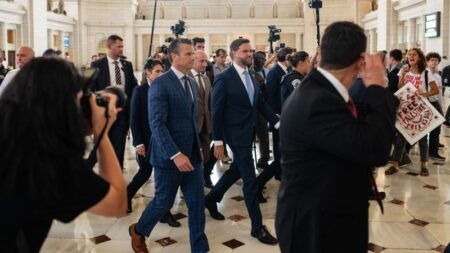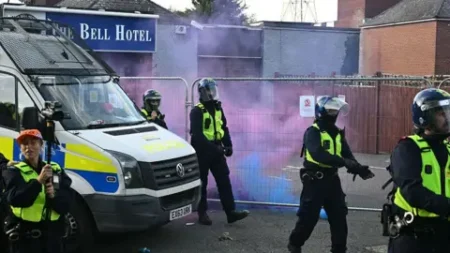The relationship between Ukrainian President Volodymyr Zelensky and former U.S. President Donald Trump has undergone notable transformation since Zelensky’s last visit to the Oval Office. The atmosphere was starkly different back in February, when Zelensky faced considerable rebuke from the U.S. administration. During that encounter, Trump openly criticized Zelensky’s position, stating, “You don’t have the cards.” The meeting concluded abruptly, with Zelensky being denied a planned luncheon and hastily escorted out, a moment that starkly defined the tension between the two leaders at that time. Trump made headlines by emphasizing that Zelensky could return only when he was “ready for peace,” leaving a lingering sense of disquiet about the diplomatic bond between the U.S. and Ukraine.
Fast forward six months, and Zelensky is slated to revisit Washington, this time under decidedly different circumstances. His agenda for the day includes gleaning insights from Trump’s recent summit with Russian President Vladimir Putin, which took place in Alaska. Zelensky seeks clarity on what peace would entail from the American standpoint, eager for a resolution to a conflict that has engulfed Ukraine in turmoil. The political landscape has shifted, but concerns still loom large, particularly following Trump’s discussions post-summit, where he expressed a desire to pursue a full peace agreement while neglecting immediate call for a ceasefire, as outlined by prominent European officials and Zelensky himself.
The main contention arises from Trump’s apparent readiness to consider significant territorial concessions—particularly regarding the eastern Donbas region of Ukraine—as a bargaining chip for peace. This stance significantly diverges from the positions taken by European allies and Zelensky, who argue that negotiations ought not occur while the nation is under active assault from Russian forces. This ideological clash underscores a fundamental rift in how Western governments view the ongoing conflict and the solutions being proposed.
Despite the initial discord from the February meeting, the dynamics between Trump and Zelensky have improved markedly. Influential European leaders, such as French President Emmanuel Macron and British Prime Minister Keir Starmer, have reportedly advised Zelensky to adopt a more appreciative tone towards U.S. support, emphasizing the importance of gratitude in diplomatic engagement. Zelensky, acknowledging this advice, publicly expressed his appreciation for the invitation to meet Trump, declaring on social media, “I am grateful for the invitation,” which sets a positive precedence as they prepare for discussions.
Interestingly, the optics of this meeting are noteworthy. European leaders have also been invited to participate, underscoring a collective front in support of Ukraine. Finnish President Alexander Stubb and NATO Secretary General Mark Rutte are noted figures who may attend, signaling the West’s unified stance on the Ukrainian crisis. This inclusivity aims to demonstrate solidarity for Zelensky and the Ukrainian cause, especially at such a critical juncture.
As Zelensky prepares to engage with Trump, there is palpable tension defined by prior interactions. Reflecting on their previous encounters, Trump acknowledged the difficulties they faced but remarked upon the positive nature of their more recent meetings, hinting at a rekindled rapport. Yet, looming concerns persist, particularly regarding Trump’s fluctuating stance on sanctions and his reluctance to take decisive action against Russia following the invasion. As both leaders meet in the Oval Office, the outcomes will have wide-ranging implications not only for Ukraine but also for NATO’s strategy and political unity in navigating the complex aftermath of the ongoing conflict.
In the end, while the past may be littered with discord, the future remains uncertain yet ripe with possibilities. Both Trump and Zelensky possess the opportunity to redefine their relationship and forge a path toward resolution, though the overarching question of a sustainable peace in Ukraine can only be answered through collaborative efforts driven by a commitment to stability and mutual understanding.






